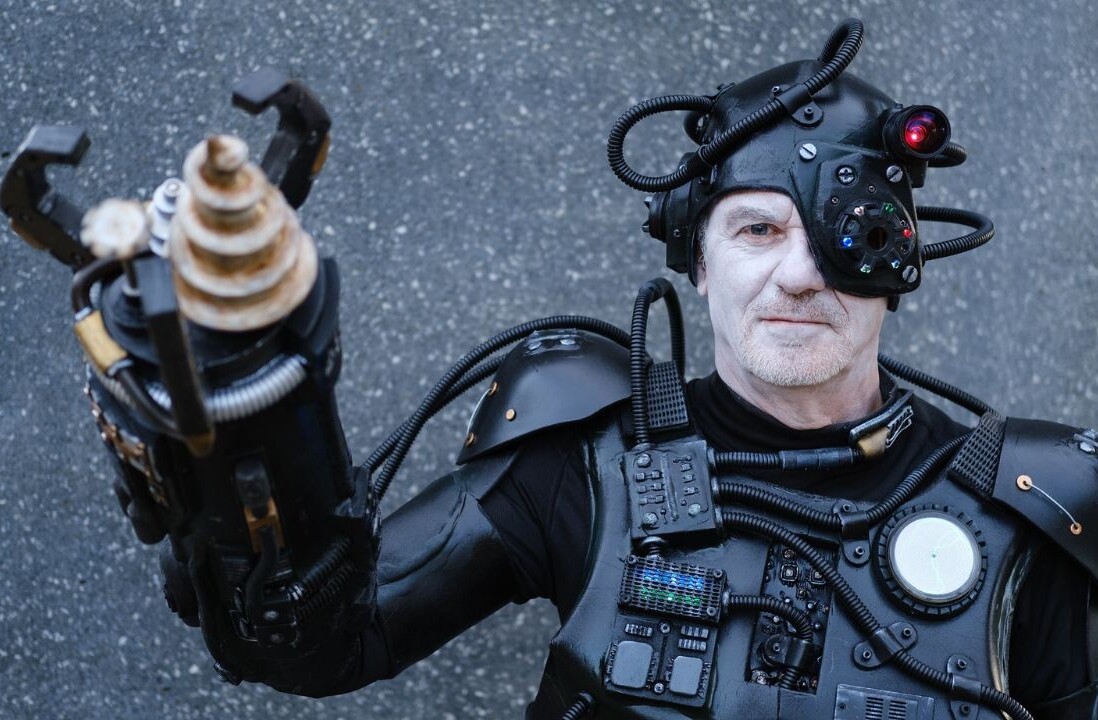
Robots, much like children, are now using simple games to learn important skills. Pepper, SoftBank’s adorable humanoid robot, recently learned to play ball-in-a-cup (also called ring and pin) in an effort to better understand optimal trajectory. In the beginning, SoftBank’s team demonstrated the game to the robot by guiding its arm. By the end of the video below, Pepper no longer required their assistance.
It took 100 tries, but each failed attempt left Pepper to analyze and try to improve upon past performance, much like a human. After each failed attempt, the robot attempted to alter the movement slightly in an effort to solve the problem. In this case, the problem was figuring out the correct movement that would lead the ball into the cup.
After some trial-and-error learning, it worked. Pepper, after shot 100, maintained a 100 percent success rate in landing the ball in the cup on subsequent tries.
While seemingly simple, there are dozens (if not hundreds) of complex calculations going on behind the scenes. Each miss led Pepper to take a different approach before ultimately finding the optimal trajectory.
Eventually, this same trial-and-error approach could lead to robots doing all sorts of things that currently require intense programming and months of testing. We’re not quite there yet, but it’s exciting to get a glimpse into the future.
Get the TNW newsletter
Get the most important tech news in your inbox each week.





